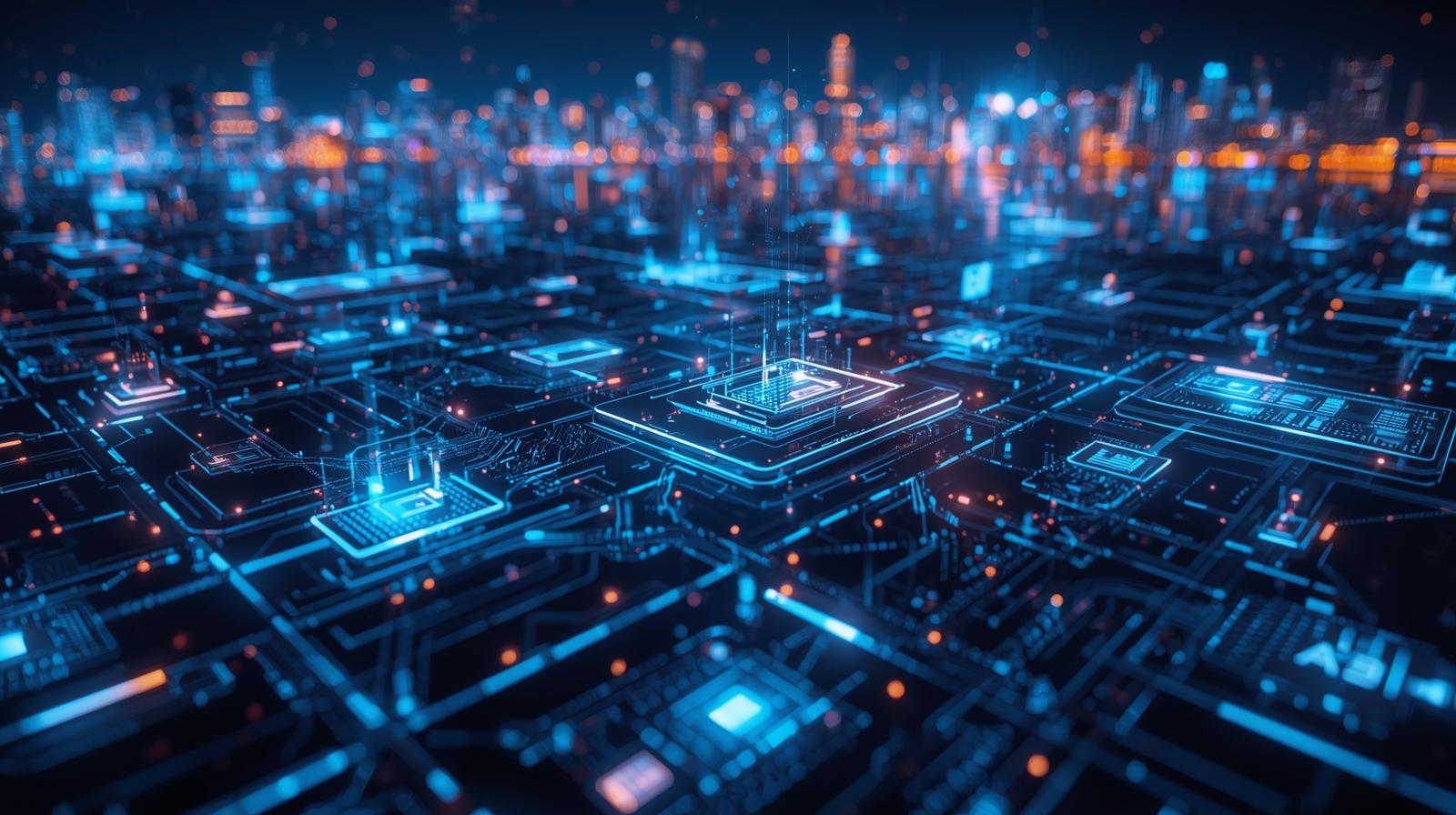Introduction
In today’s hyper-connected world, data is being generated faster than ever — from smart homes and autonomous vehicles to industrial IoT sensors. As Artificial Intelligence (AI) continues to advance, processing this massive amount of data efficiently has become a challenge. This is where Edge Computing in AI is changing the game.
Instead of relying entirely on distant cloud servers, edge computing allows data to be processed closer to where it’s created — at the “edge” of the network. In 2025, this combination of edge and AI is enabling faster, smarter, and more responsive technologies across industries.
What is Edge Computing?
Edge computing is a distributed computing model where data processing happens near the source — like sensors, devices, or local gateways — rather than in centralized data centers.
For example, instead of sending all data from a smart car to a cloud server for analysis, the car’s onboard computer can process data in real time using AI algorithms. This reduces latency and improves response time — critical for decisions that need to be made instantly.
Why Edge Computing Matters for AI
AI relies heavily on data — and massive volumes of it. But transferring that data to the cloud for every single task can be slow, expensive, and sometimes insecure. Edge computing solves these problems in several ways:
- Reduced Latency:
AI models at the edge can analyze data and make decisions in milliseconds. This is crucial for applications like autonomous vehicles or robotic surgery where speed equals safety. - Improved Reliability:
Devices don’t need a constant internet connection. Even if the network drops, edge systems can keep functioning independently. - Data Privacy and Security:
Sensitive information (like facial recognition or health data) can be processed locally instead of being sent to remote servers, reducing privacy risks. - Bandwidth Efficiency:
Since only essential data is transmitted to the cloud, bandwidth usage and costs drop significantly.
Real-World Applications of Edge Computing in AI
The synergy between edge computing and AI is fueling innovation in many industries:
- Smart Cities: Traffic lights, surveillance cameras, and IoT sensors use AI at the edge to optimize urban infrastructure in real time.
- Healthcare: AI-enabled wearables can monitor heart rates, oxygen levels, or glucose data instantly without relying on cloud connections.
- Manufacturing: Edge AI systems detect defects, monitor equipment health, and predict failures before they occur — reducing downtime.
- Retail: Smart checkout systems analyze customer behavior locally for instant insights and better personalization.
- Autonomous Vehicles: Cars equipped with AI processors at the edge can process data from sensors, radar, and cameras to make split-second driving decisions.
The Future of Edge-AI Integration
In 2025 and beyond, Edge Computing in AI will continue to evolve with breakthroughs in hardware and software integration. Companies like NVIDIA, Intel, and Google are already developing advanced edge chips optimized for machine learning workloads.
Edge AI will also play a key role in 5G networks, metaverse environments, and real-time analytics, making digital experiences more seamless and immersive. As computing power grows smaller, faster, and more energy-efficient, the boundary between cloud and edge will blur — leading to a truly intelligent ecosystem.
Challenges Ahead
While the future looks promising, some challenges remain:
- Maintaining consistency between cloud and edge data.
- Managing security across millions of distributed devices.
- High initial infrastructure costs for edge deployment.
However, as AI hardware becomes cheaper and more powerful, these challenges are rapidly diminishing.
Conclusion
The rise of Edge Computing in AI marks a new phase in digital transformation. By bringing computation closer to the data source, businesses and consumers benefit from faster responses, improved security, and greater efficiency.
In 2025, this powerful duo — Edge and AI — is not just enhancing technology; it’s redefining the future of intelligent connectivity.
Next Topic : Top 10 AI Tools for Small Businesses in 2025
